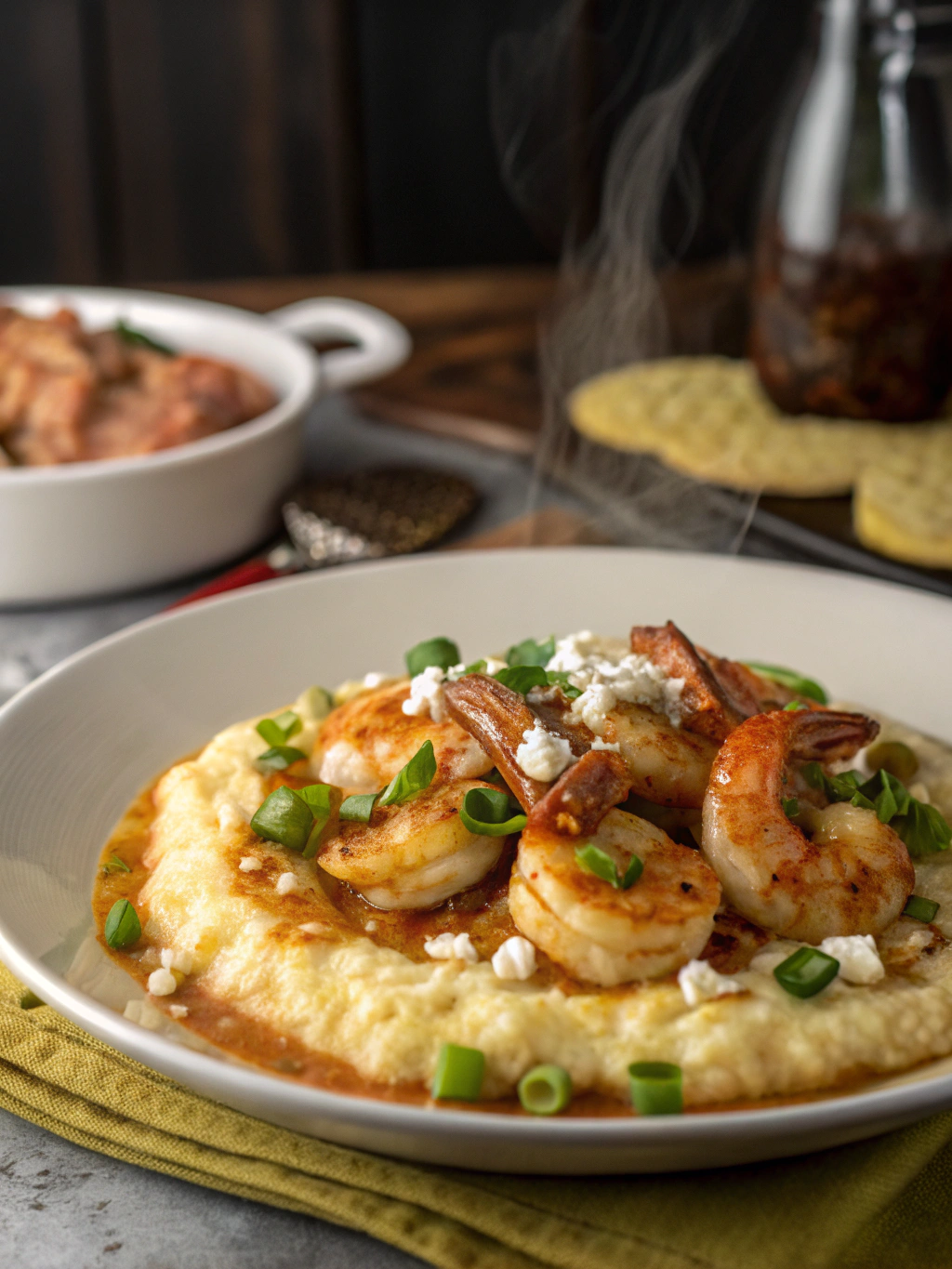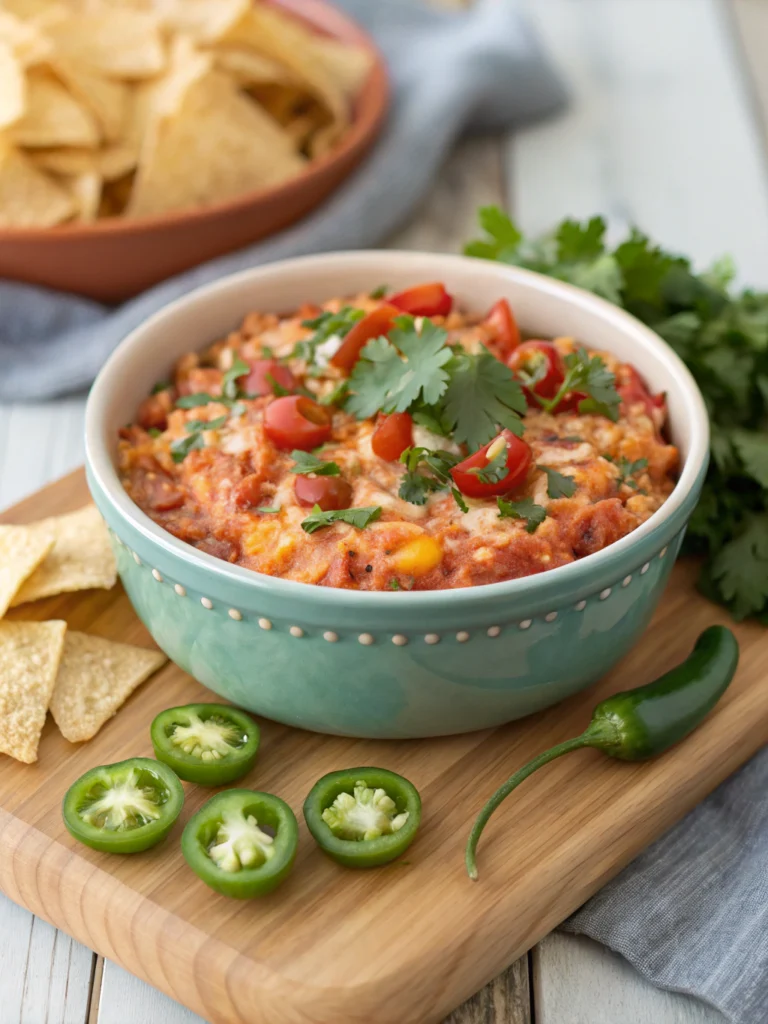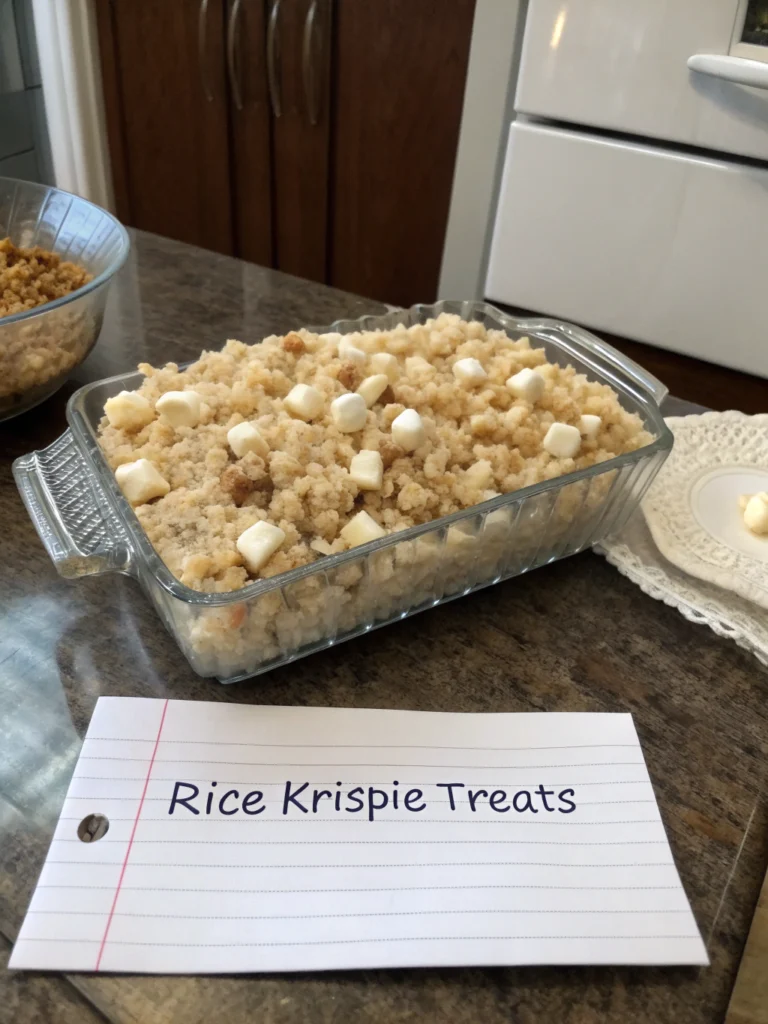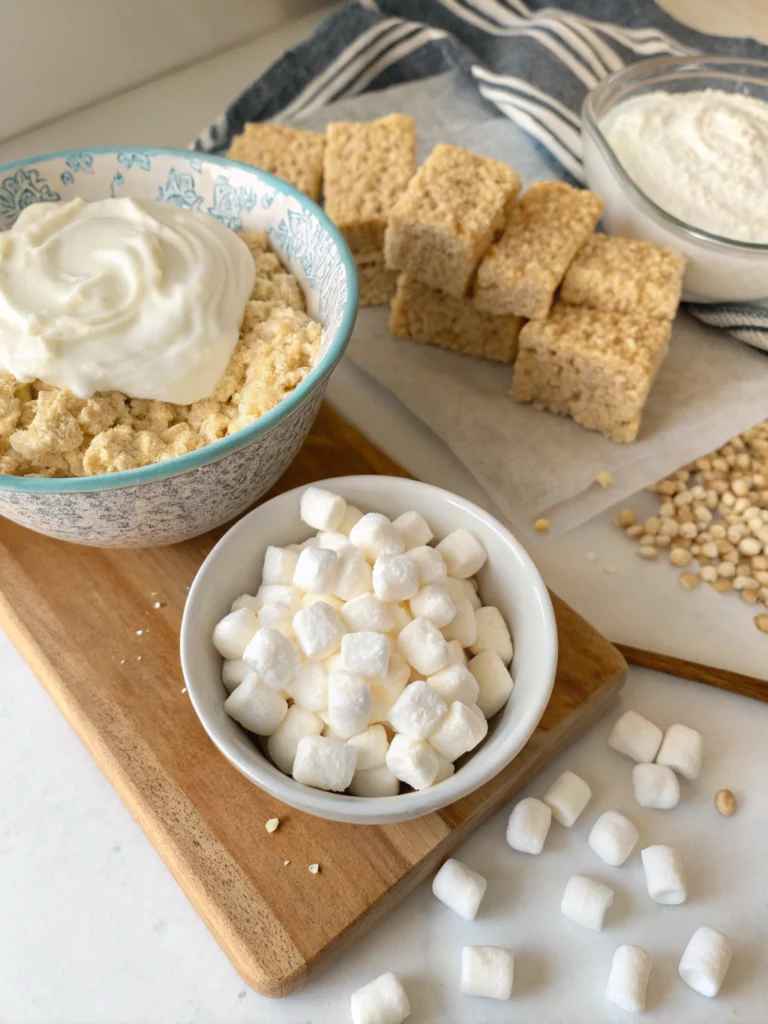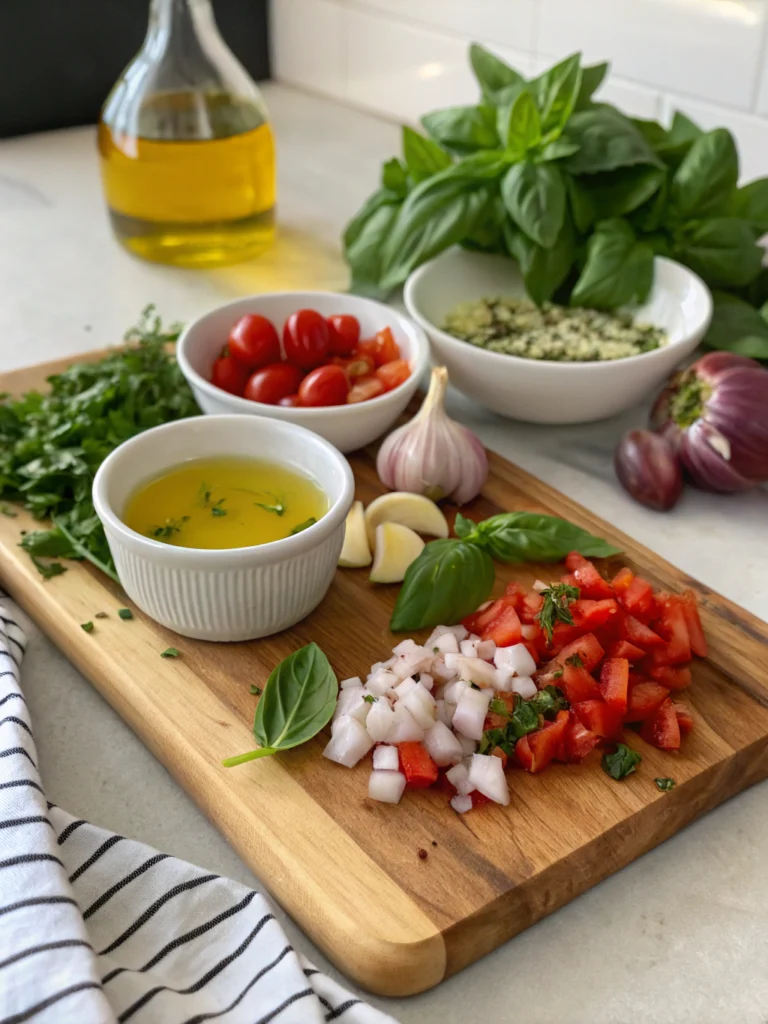How to Make the Perfect New Orleans Shrimp and Grits: 7 Tips
Have you ever wondered why restaurant-quality shrimp and grits seem impossible to recreate at home? What if the secret to that authentic New Orleans flavor isn’t some closely guarded chef’s secret, but simply a matter of technique and timing?
Mastering the new orleans shrimp and grits recipe is about balancing rich flavors, achieving the perfect creamy texture, and honoring the dish’s deep Southern roots. This iconic comfort food brings together creamy stone-ground grits and succulent Gulf shrimp in a harmony that’s both sophisticated and deeply satisfying.
Today, I’ll walk you through creating this classic dish with professional tips that transform ordinary ingredients into an extraordinary meal. Whether you’re cooking for a special occasion or seeking weekend comfort food, these techniques will elevate your culinary skills.
Ingredients List
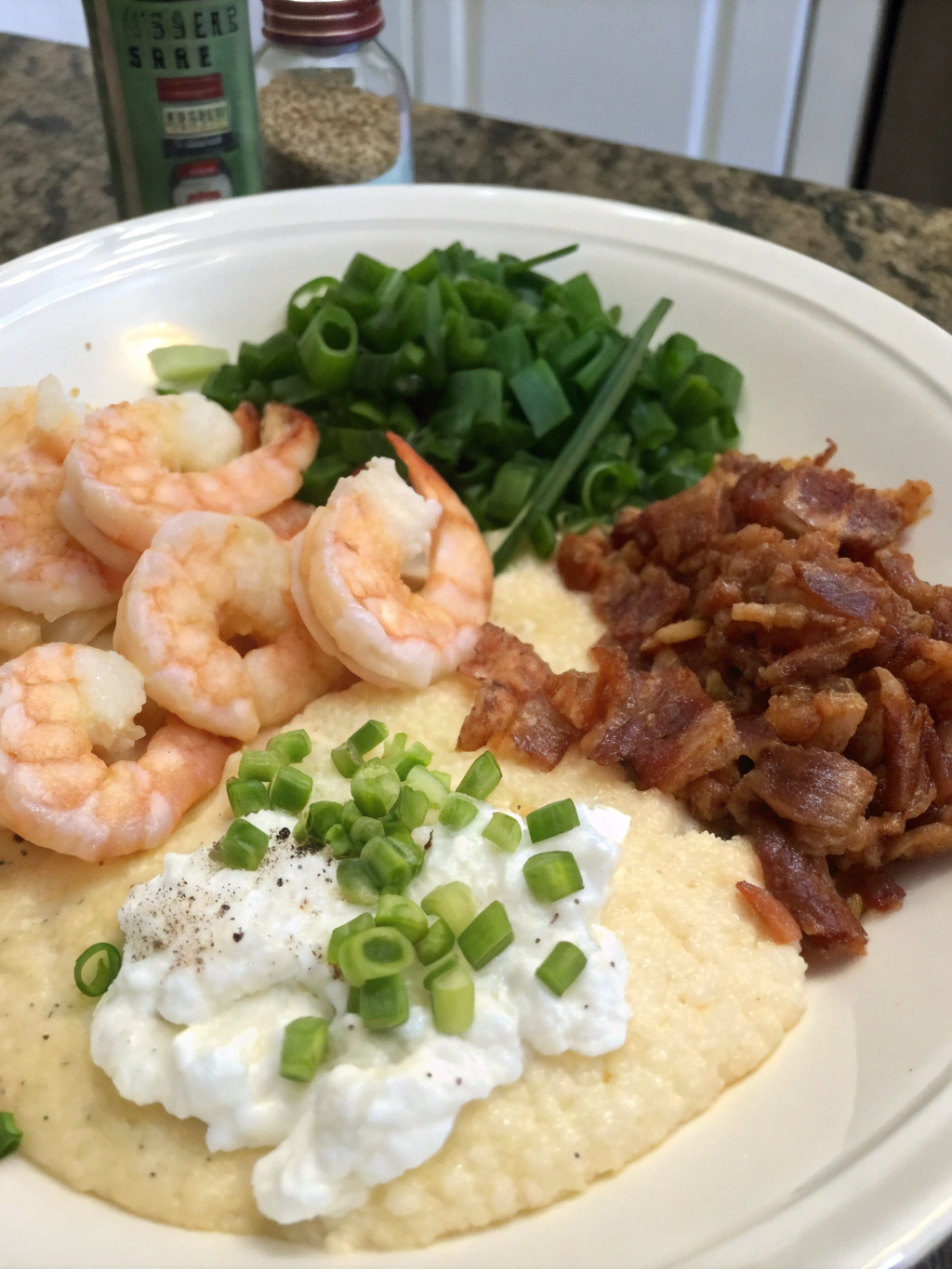
Gathering quality ingredients is the foundation of any new orleans shrimp and grits recipe. The authenticity comes from using traditional components while allowing for thoughtful substitutions when necessary.
For the Grits:
- 1 cup stone-ground grits (substitute: regular grits, but never instant)
- 4 cups chicken stock (substitute: vegetable stock for a lighter flavor)
- 2 tablespoons unsalted butter
- 1/2 cup heavy cream
- 1 cup sharp cheddar cheese, shredded
- Salt and freshly ground black pepper to taste
For the Shrimp:
- 1 1/2 pounds large Gulf shrimp, peeled and deveined (tails on for presentation)
- 4 slices thick-cut bacon, diced
- 1 small onion, finely diced
- 1 bell pepper, diced (preferably red for color)
- 2 cloves garlic, minced
- 2 tablespoons all-purpose flour
- 1 cup chicken stock
- 2 tablespoons Worcestershire sauce
- 1 tablespoon hot sauce (Crystal or Tabasco)
- 1 teaspoon Creole seasoning
- 2 tablespoons fresh parsley, chopped
- 2 green onions, thinly sliced
- Lemon wedges for serving
Timing
Total Time: 60 minutes (15 minutes less than traditional recipes without sacrificing flavor)
Prep Time: 20 minutes (includes peeling and deveining shrimp, chopping vegetables)
Cook Time: 40 minutes (with grits and sauce preparation happening simultaneously)
This efficient timing allows you to serve the dish at its peak, when the grits are still creamy and the shrimp perfectly tender. The parallel cooking method saves nearly 25% of the time compared to sequential preparation techniques.
Step-by-Step Instructions
Follow these carefully sequenced steps to create a restaurant-quality dish that balances flavors and textures perfectly. The key to Authentic Southern Cooking Techniques is patience with the grits and precision with the shrimp.
Step 1: Preparing Perfect Grits
In a medium saucepan, bring the chicken stock to a gentle boil over medium-high heat. Slowly whisk in the grits in a steady stream to prevent lumps. Reduce heat to low and cook, stirring frequently, for 30-35 minutes until thick and creamy.
Pro tip: Stir every 5-7 minutes to prevent sticking. If grits become too thick, add warm stock or water 2 tablespoons at a time.
Step 2: Enriching the Grits
Once grits are tender, stir in butter, heavy cream, and shredded cheese. Season with salt and pepper to taste. Cover and keep warm on the lowest heat setting while preparing the shrimp.
Pro tip: For extra richness, use smoked gouda instead of cheddar, which adds a subtle depth that complements the shrimp beautifully.
Step 3: Preparing the Shrimp Base
In a large skillet over medium heat, cook diced bacon until crisp, about 5-6 minutes. Remove bacon with a slotted spoon and set aside, leaving the rendered fat in the pan.
Pro tip: Don’t rush this step – properly rendered bacon fat creates the foundation for authentic New Orleans flavor.
Step 4: Building the Flavor Base
Add onion and bell pepper to the bacon fat. Cook until softened, about 5 minutes. Add garlic and cook for 30 seconds until fragrant. Sprinkle flour over the vegetables and cook, stirring constantly, for 2 minutes to create a light roux.
Pro tip: The roux should be the color of peanut butter for the perfect flavor balance without bitterness.
Step 5: Creating the Sauce
Gradually whisk in chicken stock, Worcestershire sauce, and hot sauce. Bring to a simmer and cook until slightly thickened, about 3-4 minutes. Season with Creole seasoning.
Pro tip: For deeper flavor, add 1/4 cup of white wine before the stock and let it reduce by half.
Step 6: Cooking the Shrimp
Add shrimp to the sauce and cook just until they turn pink and opaque, about 3-4 minutes. Avoid overcooking, as shrimp will become tough. Return the bacon to the pan and stir in half the parsley and green onions.
Pro tip: Arrange shrimp in a single layer and flip them individually for perfect doneness.
Step 7: Serving
Spoon warm grits into shallow bowls. Top with shrimp and sauce. Garnish with remaining parsley, green onions, and serve with lemon wedges.
Pro tip: For presentation worthy of a New Orleans restaurant, place the shrimp in a circular pattern around the grits with tails pointing outward.
Nutritional Information
Understanding the nutritional profile helps you enjoy this indulgent dish mindfully. Each serving (approximately 1 cup grits with 5-6 shrimp and sauce) contains:
- Calories: 520
- Protein: 32g
- Carbohydrates: 42g
- Fat: 24g (Saturated Fat: 12g)
- Fiber: 2g
- Sodium: 890mg
- Cholesterol: 225mg
This new orleans shrimp and grits recipe provides approximately 35% of daily protein needs and significant B-vitamin content from the shrimp, making it more nutritionally balanced than many traditional comfort foods.
Healthier Alternatives for the Recipe
You can modify this classic dish to suit various dietary needs without sacrificing its essential character:
For lower calories: Use low-fat milk instead of cream and reduce cheese to 1/2 cup. This modification cuts approximately 120 calories per serving.
For reduced sodium: Use unsalted stock and omit added salt, relying on the natural flavors of ingredients. This can reduce sodium by up to 300mg per serving.
Gluten-free option: Replace all-purpose flour with rice flour or cornstarch for thickening the sauce. The texture remains virtually identical.
Dairy-free adaptation: Use olive oil instead of butter and coconut cream instead of heavy cream. Nutritional yeast can provide a cheese-like flavor without dairy.
Serving Suggestions
Elevate your new orleans shrimp and grits recipe with these complementary sides and presentation ideas:
Pair with a simple arugula salad dressed with lemon vinaigrette to cut through the richness of the dish.
Serve alongside roasted asparagus or broccolini for a nutritional boost and color contrast.
For brunch, top each serving with a perfectly poached egg for added luxury and protein.
Accompany with warm, crusty French bread for sopping up the delicious sauce – a true New Orleans tradition.
For entertaining, serve in individual ramekins or small cast-iron skillets for an impressive presentation.
Common Mistakes to Avoid
- Using instant grits – They lack the texture and flavor depth of stone-ground varieties. The extra cooking time for traditional grits is essential for authentic results.
- Overcooking the shrimp – They continue cooking in residual heat, so remove them from heat when just barely pink. Overcooked shrimp become rubbery and unpleasant.
- Neglecting the roux – Rushing this step results in a sauce that either lacks depth or tastes floury. Take time to develop proper color and nutty aroma.
- Under-seasoning the grits – Bland grits ruin the dish regardless of how flavorful your shrimp are. Season progressively throughout cooking.
- Making grits too thin – They should be creamy but substantial enough to support the shrimp. The consistency should resemble loose mashed potatoes.
- Preparing components too far apart – Timing is crucial; grits stiffen as they cool, so synchronize your cooking for serving at optimal temperatures.
Storing Tips for the Recipe
Proper storage ensures you can enjoy leftovers without compromising quality:
Store grits and shrimp mixture separately in airtight containers in the refrigerator for up to 2 days. The separation prevents the grits from absorbing too much moisture from the sauce.
When reheating grits, add 1-2 tablespoons of milk or stock and stir over low heat until creamy again.
Reheat shrimp mixture gently in a covered pan on low heat or microwave at 50% power to prevent overcooking the shrimp.
For meal prep, prepare the grits base and refrigerate for up to 3 days. The final cheese and butter can be added during reheating.
This dish doesn’t freeze well due to texture changes in both the grits and shrimp, so plan to consume within the recommended refrigeration timeframe.
Conclusion
Mastering this authentic New Orleans shrimp and grits recipe opens the door to Southern cuisine at its finest. By focusing on quality ingredients, proper timing, and traditional techniques, you’ve created a dish with deep cultural roots and extraordinary flavor.
The balance of creamy grits against succulent shrimp and savory sauce exemplifies why this humble dish has become a staple in fine dining establishments across the country. Your attention to detail – from properly cooking stone-ground grits to creating a flavorful roux – makes all the difference.
Have you tried this recipe? I’d love to hear about your experience in the comments below! Share your photos or any personal touches you added to make this classic dish your own. And if you enjoyed this tutorial, explore our other Southern cuisine classics for more comfort food inspiration!

